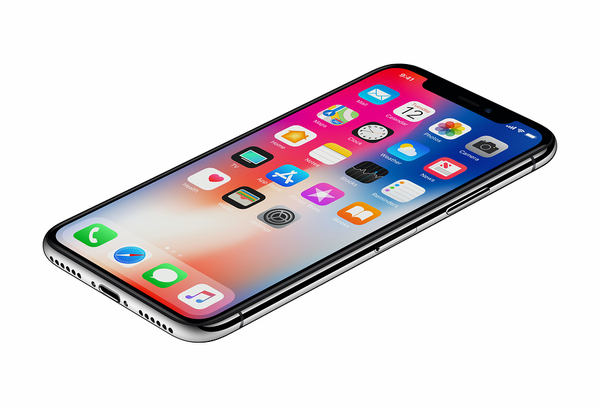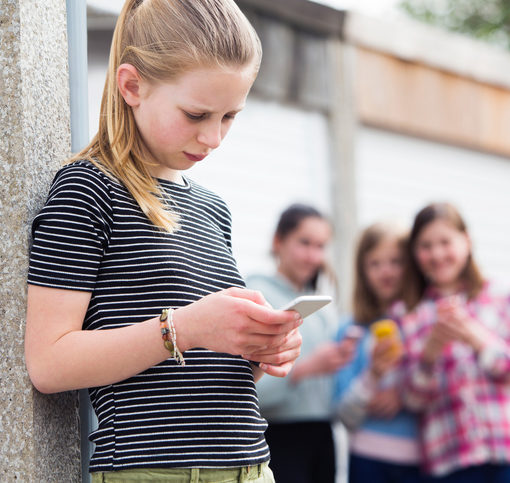If your child has an iPhone, you have probably already figured out that there are positives and negatives to your child’s smartphone use. On the one hand, it can be nerve-wracking to allow your child to have unfettered access to messaging and the internet. On the other hand, it’s helpful to be able to reach your child anytime and anywhere, and the iPhone gives your child access to a number of fun and even educational apps and sites. But there’s one feature that you may not have thought much about: the AirDrop feature.
What is AirDrop?

If you’ve never used it yourself, you may not be too familiar with AirDrop. This is a feature that allows iPhone users to share files, such as documents or pictures, between devices – even if you don’t have the other user’s phone number.
For the feature to work, the devices have to be physically close to each other. The feature creates a peer-to-peer WiFi network between two devices using Bluetooth, so in order to share a file, you need to be about as close to the other device as you would need to be for a Bluetooth device to work. This means that you don’t have to be standing next to somebody to AirDrop a file – you could even be in the next room – but you won’t be able to send files from miles away. Some users like the feature because it creates a firewall around the peer-to-peer WiFi connection, which means that files are automatically encrypted. This means that the files being sent are in some ways more secure than if they were sent via email.
The Problem With AirDrop
Unfortunately, AirDrop comes with some drawbacks. When the feature is set so that it’s open to everyone, it means that other Apple users in the vicinity can detect your device. And while that may not be a problem at home, it does mean that in a crowded airport, mall, or bus station, your device may be visible to strangers.
What’s more, when the settings allow transfers from anyone, it also means that strangers can AirDrop files to your phone. And in some cases, people have taken advantage of this capability to send inappropriate photos to people in public places. You definitely don’t want your child to receive an unexpected inappropriate photo from a stranger when they’re at the mall or the playground.
How to Handle AirDrop

You may be tempted to turn the AirDrop feature on your child’s iPhone off entirely, and that’s definitely an option, especially if your child has no reason to use the feature. However, there are good uses for the feature that your child might want to take advantage of. For example, teachers who use smartphone technology in the classroom sometimes use AirDrop to send photos, links, or other content to their students’ phones. If your child wants to borrow another students’ class notes, AirDrop is an easy and convenient way to receive them.
If you want your child to be able to use AirDrop without worrying that they’ll be bombarded by files from strangers when they least expect it, you can set the feature to only accept files from people in your child’s contacts list. This will ensure that they can receive files they want from people that they know, without putting themselves at risk for unwanted contact from strangers.
To make sure that your child is using their phone responsibly and not experiencing any kind of cyber harassment, it can help to keep an eye on what your child is downloading and viewing with their phone. Parental monitoring software can allow you to oversee your child’s smartphone use and ensure their safety. To find out how parental monitoring software can help your family, get our free trial.





